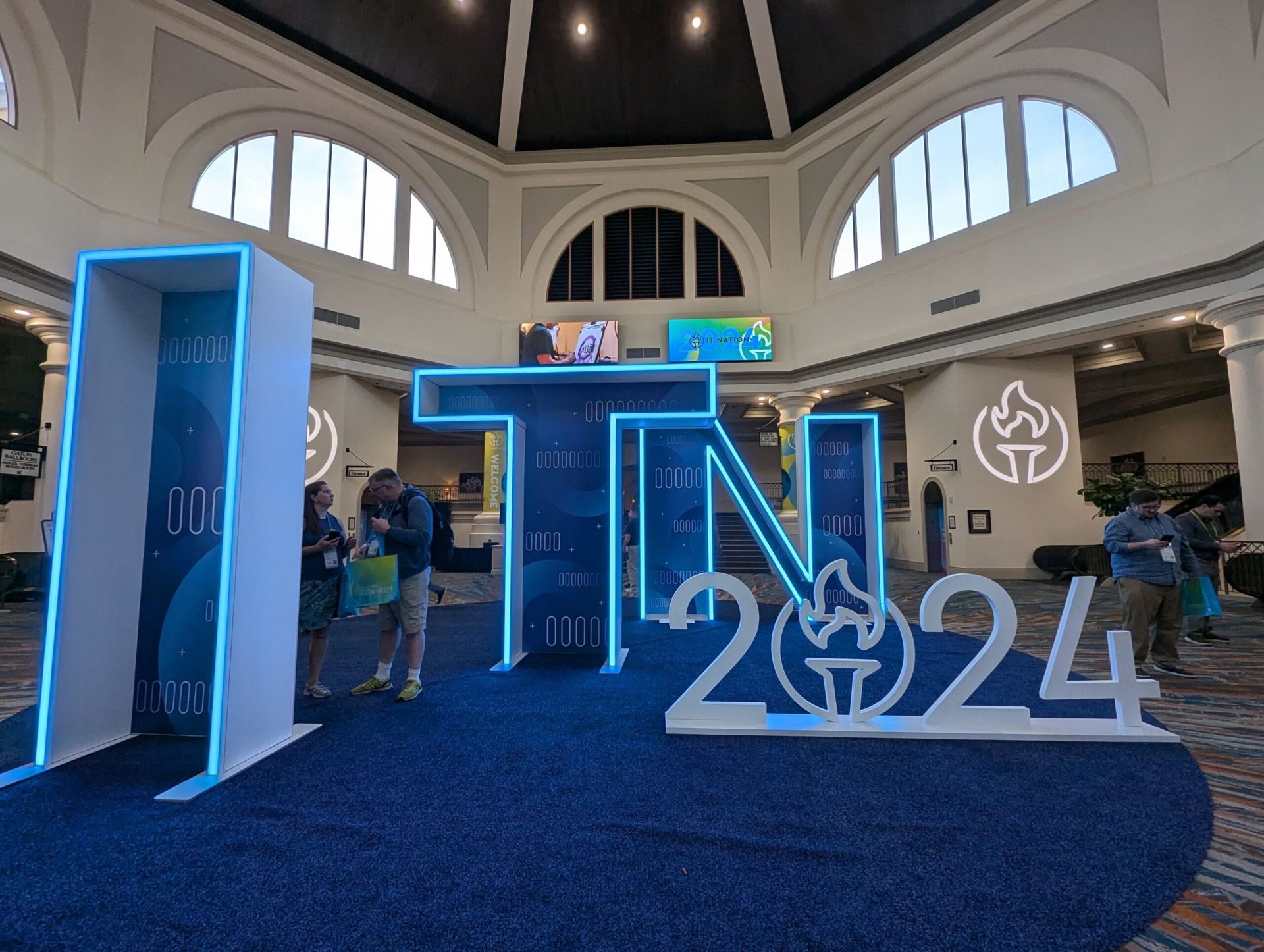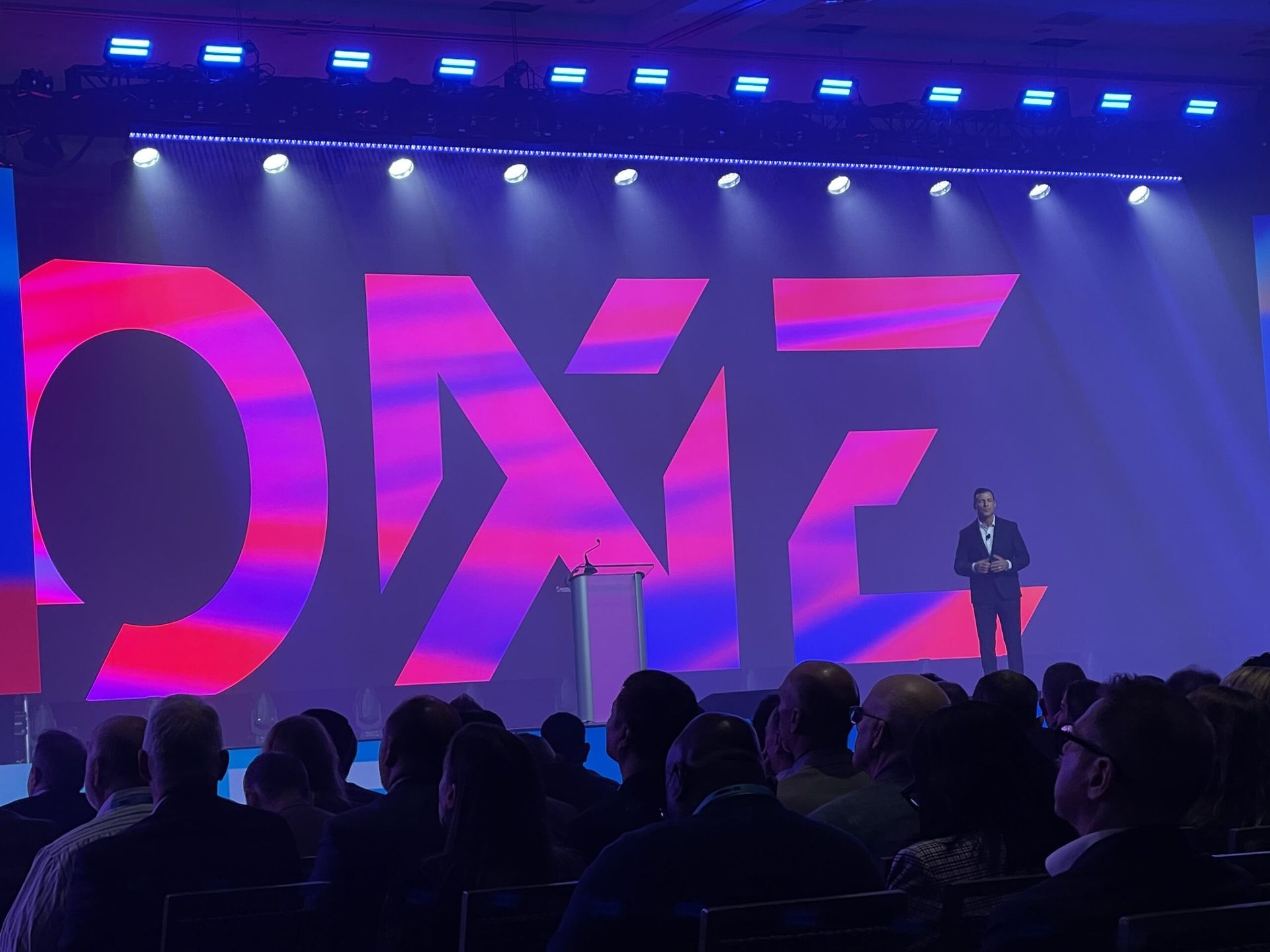
ChannelE2E and a range of influencers have arrived at "the farm" in Iowa -- where HTG Peer Groups' IT Channel Summit is kicking off now. We'll be blogging from the conference throughout the day, sharing key updates about vendor-channel partner relationships, and key trends across sales, corporate culture, technology and more.
Four VARs and MSPs are "guiding" the event. They include:
Poke around those companies and you'll hear a range of business models (VARs, MSPs, telco veterans). But the predominant business model (PBM) for most HTG members is managed services, according to Service Leadership Inc. research. You'll also see a range of business sizes -- from a dozen employees all the way up to 370 employees (Nex-Tech).
What Does A Partner Look Like?
HTG's Scott Scrogin describes the peer group's membership in this way. For the most recent four quarters (i.e, most recent 12 months), HTG's membership represents the following combined annual metrics:
EBITDA Profits and Valuation Challenges
When ChannelE2E launched in September 2015, we maintained that the lines between VARs, MSPs and CSPs were blurring and disappearing in many ways. The financial figures from above reinforce that point as MSPs continue to resell products, and VARs push into managed services.
Still, there is a "predominant" business model -- the vast majority of HTG members say managed services is their core focus. And that includes cloud services under the "managed" umbrella.
HTG focuses on a range of priorities. But the most pressing include valuations and exit strategies. Among the three questions HTG CEO Arlin Sorensen focuses on:
"There's going to be a significant change of ownership over the next five years as owners get ready to exit their own businesses," he says.
The Massive Valuation Gap
Most sellers are looking for a value of $3 million to $10 million -- but the companies are only worth $1 million to $5 million. "The gap is huge," says Sorensen. "A lot of people are going to be disappointed when their companies don't have enough value. If there's one trend you need to help our members with it's valuation. How can you help our members drive up the value of their businesses?"
Sorensen pointed to recurring revenues as the fastest way to drive up value, but HTG members still need vendors to assist the effort.
We'll be back with more throughout the day.




